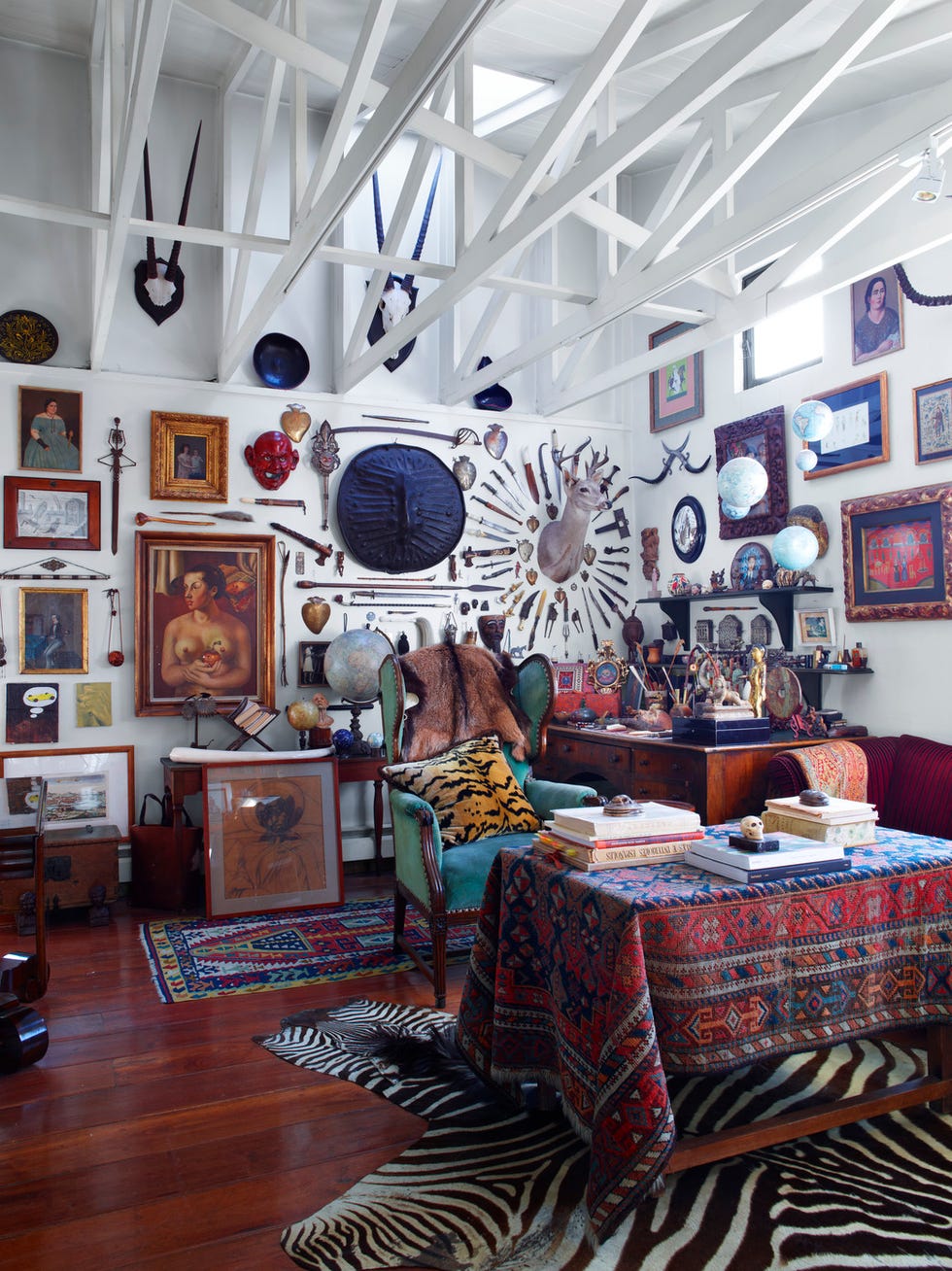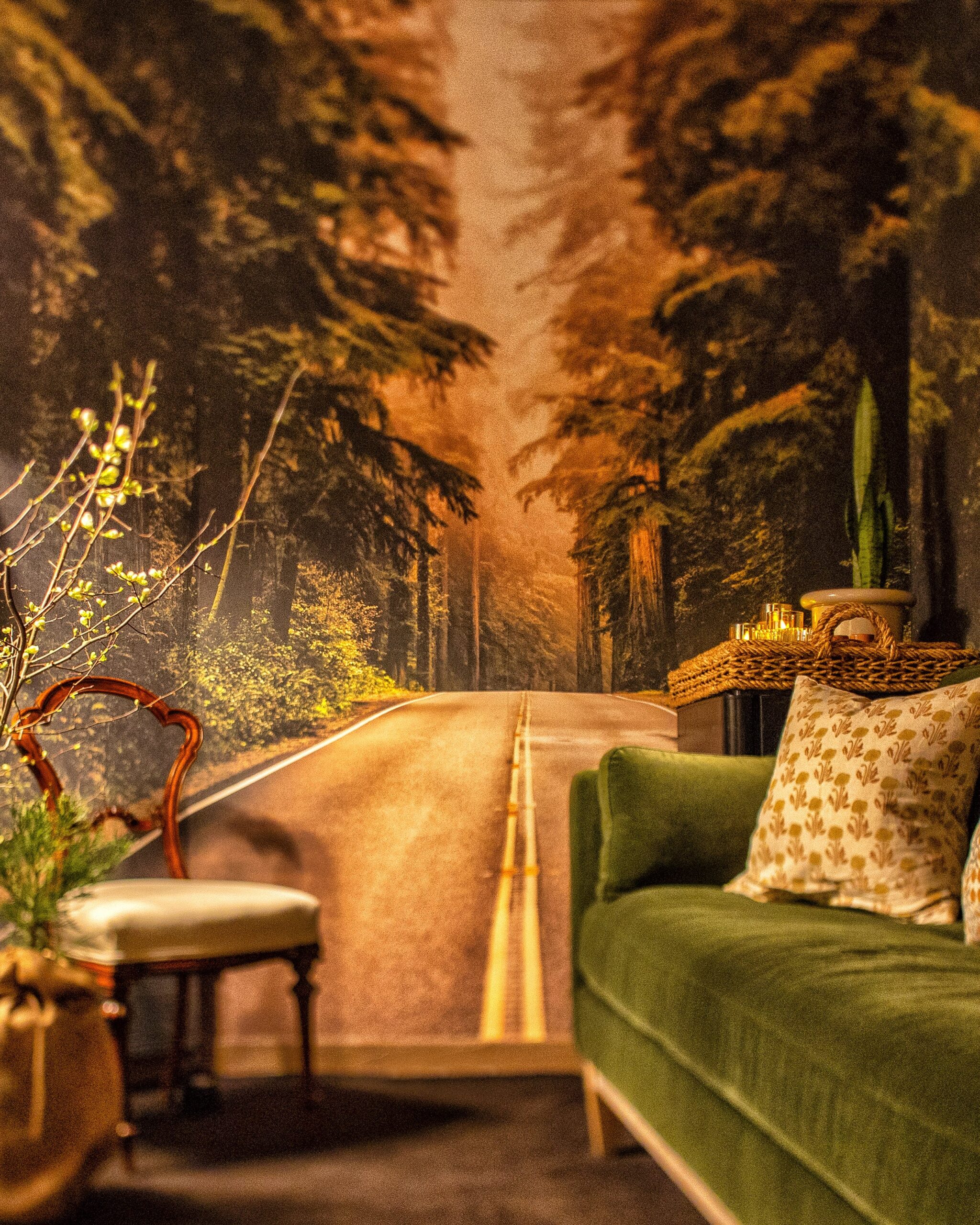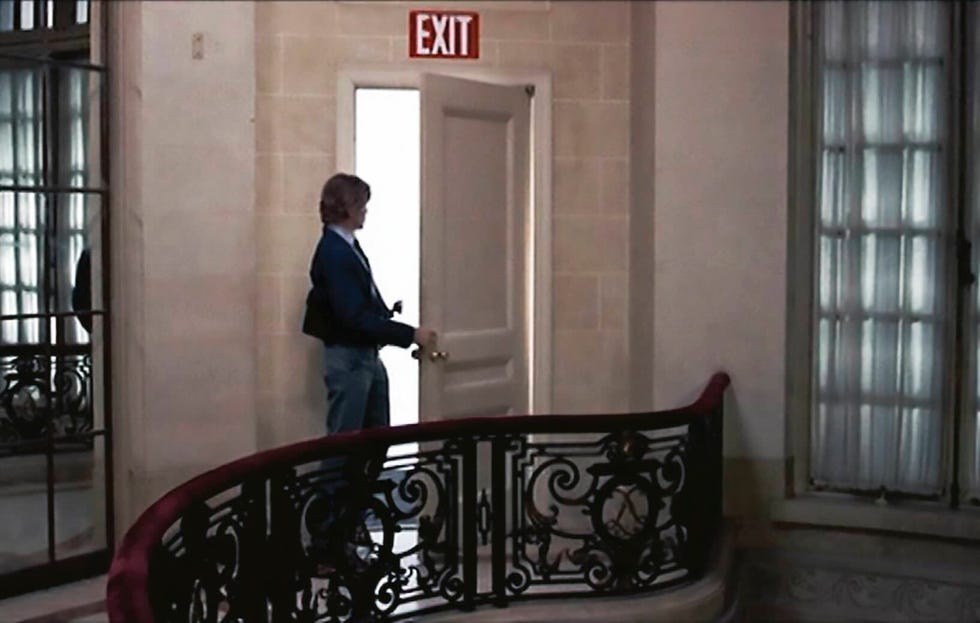The year 2020 feels like centuries ago. We were inhabiting stark, whitewashed kitchens and minimalist bedrooms filled with beige furnishings, gray-scale wallpaper, and, yes, the whitest of white linens (good luck, toddler moms). Cluttered shelves, of course, were unthinkable. Ditto errant decor objects, unconcealed storage, and really any signs of life. And then a pandemic hit and we had to inhabit our homes all day: That’s when we ditched perfectionism.
According to this year’s Pinterest Predicts Trend Report, the more is more aesthetic is poised to be one of 2025’s biggest trends, with the search term “eclectic maximalism” experiencing a 215-percent increase on Pinterest year over year, and “vintage maximalism” spiking by 260% during the same time period. For some, leaning into maximalism means bringing in a few more well-placed objet’s d’art; for others, it looks like an all-out color-wash. But for almost everyone, it means leaning more fully into a lived-in look that has, this year, only gained steam—and its own hashtag.
First, TikTokers leaned hard into what they called clustering (we all blew our budget at shops that celebrate the abundance model, like Girls Who Cluster). Then, a recluttering movement took over, threatening to give the Home Edit ladies a seizure. But the intentional clutter trend was the TikTok firestorm that has really gained headway—and one we can really get behind.
First, don’t think this trend gives your partner leeway to leave his dirty socks on the floor. It’s not the end-of-day just-cooked-dinner, didn’t-finish-my-laundry, still-unpacking-deliveries untidiness. Rather, it’s the curation of beloved objects to create a lived-in aesthetic that shows off who you are. It requires a sharp eye and keen design. Below, we break down how to achieve the look without getting featured on the next season of Hoarders.
Make it Personal
It’s the whole point of the intentional clutter trend, really. This curation of items can reflect your personality, interests, and memories. Bring in souvenirs from your travels, thrifted pieces, or items that speak to your hobbies. Layer these sentimental items with trinkets, books, and art for a look that feels lived-in and specific to you. That said, not everything has to be sentimental. A tray filled with your favorite perfume bottles, jewelry, and lotions can be a functional (yet chic) way to reflect how you live your life, even if every item on it came from Amazon.
Create Collections
You probably already have a collection of some sort, and this trend is an opportunity to show it off. Mount your vintage plate collection on the wall, give your coffee table books the moment they deserve, or bring in a tiny bowl for your matchbox obsession. These items will feel more intentional when given a vignette that provides a little peek into what makes you unique.
Make it Layered
When working with a variety of items, layering is crucial to creating visual interest that doesn’t feel like an eye sore. To accomplish this, start by varying the heights and depths of objects. Place taller items like vases or plants at the back and shorter ones in front, and layer smaller items on top of books or trays for a multi-level effect. You can also mix textures—wood, metal, glass—for added dimensional interest. Layering artwork by overlapping frames or leaning pieces against the wall adds depth, making the arrangement feel dynamic and effortlessly thought out.
Retain Some Empty Surface Space
Leaving areas free of objects allows the eye to rest and provides contrast to the busy, layered sections, giving the overall design a sense of intentionality and thoughtfulness. Empty space is essential to maintaining balance. To achieve it, start by focusing on smaller, curated groupings of items rather than covering every inch of a surface. Create clusters of objects, leaving gaps between them to give each grouping room to breathe.
Shore up some space on larger surfaces, like tables or shelves, to use as anchors for a few key pieces, leaving some areas open. This balance helps highlight the objects you’ve chosen while preventing the space from feeling overcrowded.
Rachel Silva is the associate digital editor at ELLE DECOR, where she covers all things design, architecture, and lifestyle. She also oversees the publication’s feature article coverage, and is, at any moment, knee-deep in an investigation on everything from the best spa gifts to the best faux florals on the internet right now. She has more than 16 years of experience in editorial, working as a photo assignment editor at Time and acting as the president of Women in Media in NYC. She went to Columbia Journalism School, and her work has been nominated for awards from ASME, the Society of Publication Designers, and World Press Photo.





